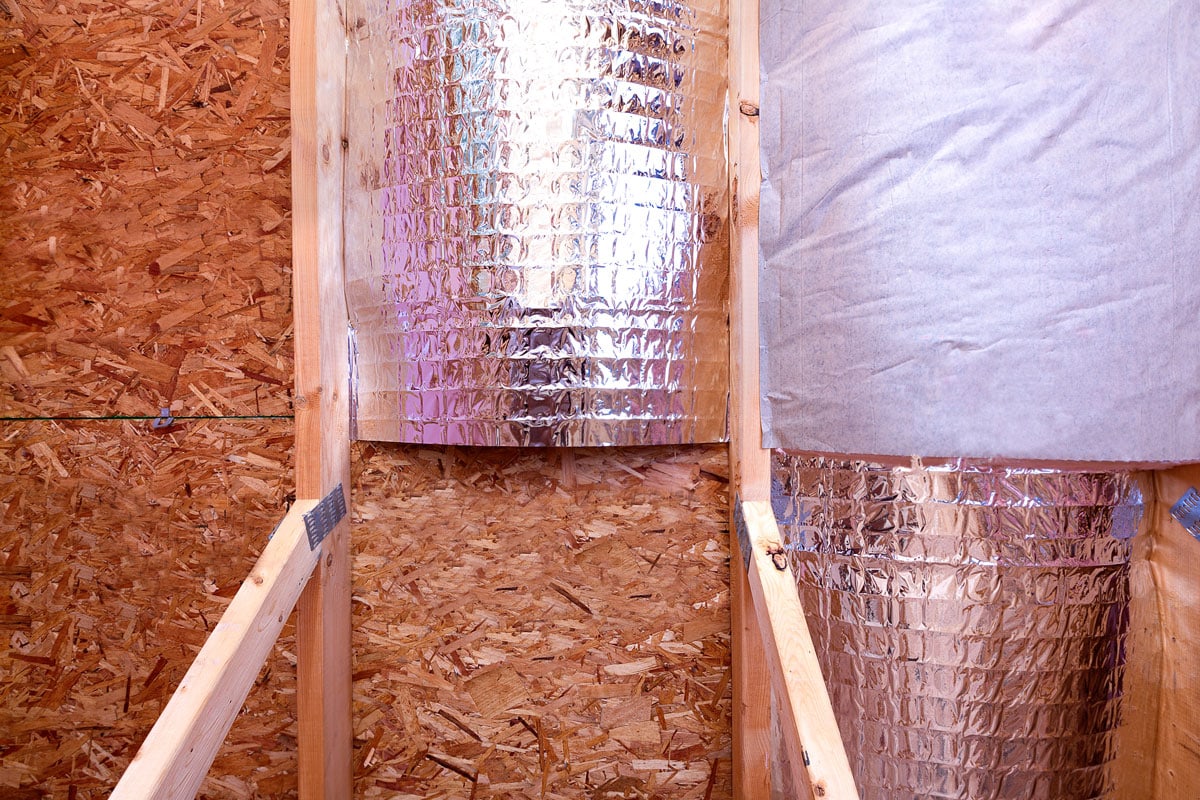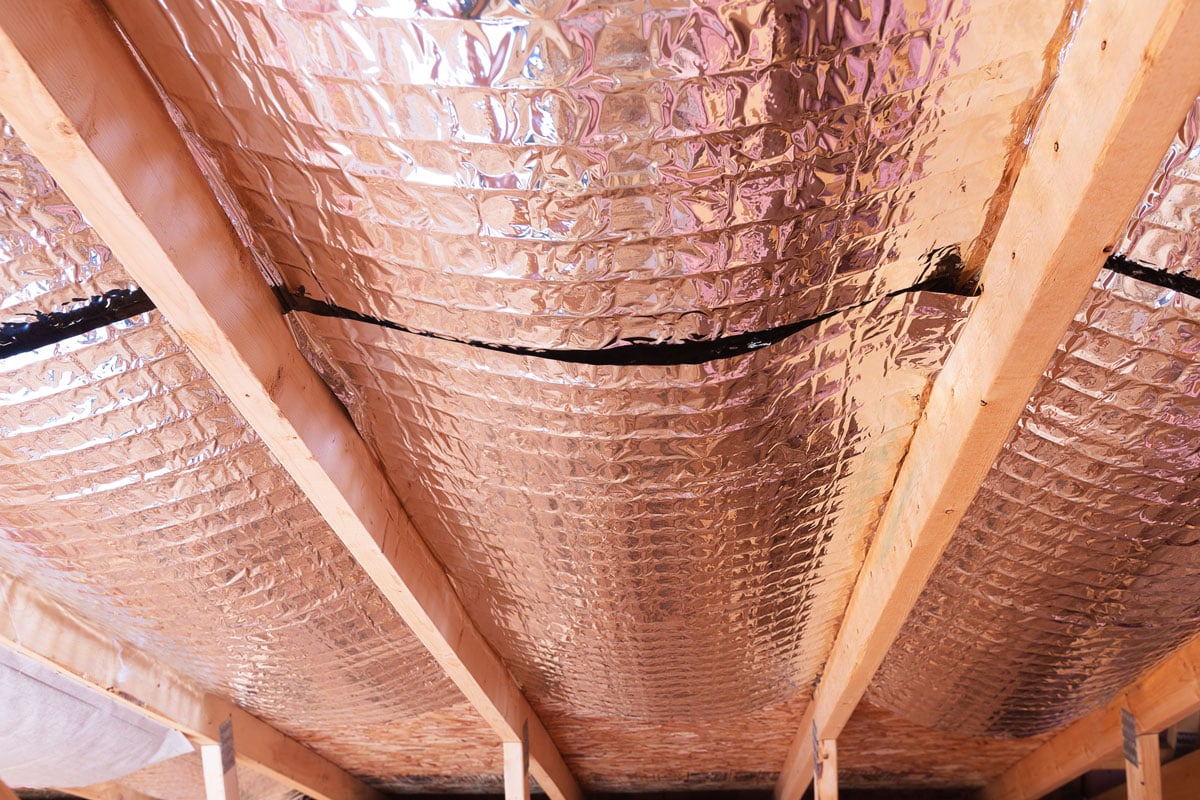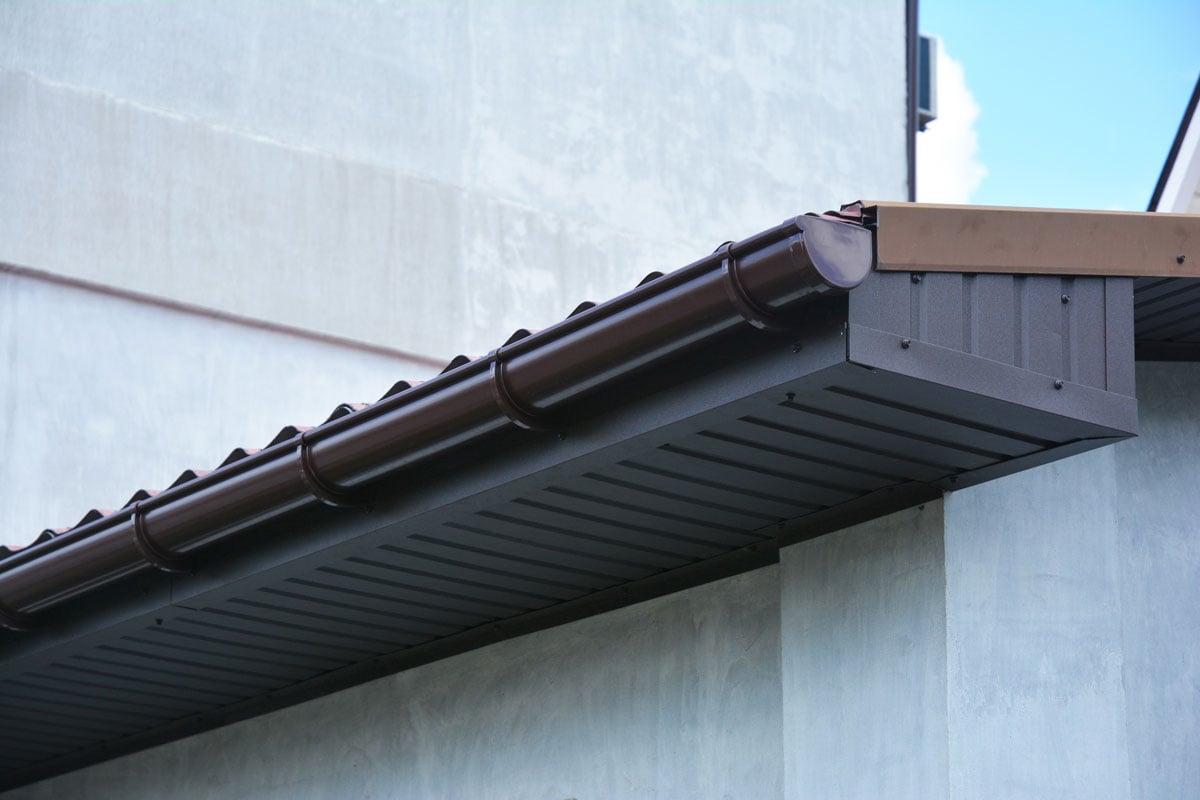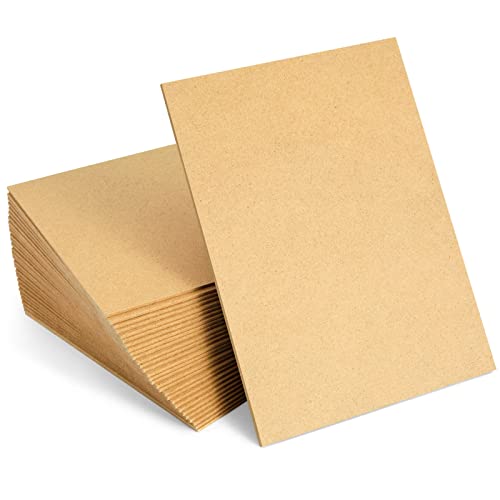Baffles provide adequate airflow by guiding air in and out of the attic through soffit vents. But how many do you need to maintain proper ventilation? Here's what the experts say:
The number of attic baffles depends on how large the vent space is. But generally, a 150-square-foot attic space requires one square attic baffle.
You now know how many baffles go into the attic. The next question you might have is what type of baffles should you use and how to install them? We’ve tackled them in the sections ahead, so continue reading!

Do You Really Need Baffles In Your Attic?
Yes, attic baffles are necessary; they allow attics to breathe, preventing condensation and the myriad of issues related to it. But you need to install enough to ensure steady air movement. As mentioned, the number is relative to the vent room size, but a 150-square-foot attic area equates to one square attic baffle.

Benefits Of Attic Baffles
Aside from increased airflow, the other benefits of attic baffles include:
- Prevents moisture: Attic baffles push stagnant hot and humid air out, keeping condensation at bay.
- Prevent mold and mildew: With moisture eliminated, spores are less likely to survive.
- Deter wood decay: Humidity accelerates wood rot. With attic baffles in the ceiling, wood stays drier.
- Remove excess heat: They allow cool air in, lowering the temperature.
- Protect insulation: By pushing humid air out, they reduce the chances of moisture getting suspended in the air and permeating the insulation.
- Keep soffit vents clog-free: Attic baffles act as a barrier against loose insulation that could block the vents.
Types Of Attic Baffles
The popular materials often used in making attic baffles are:
- Styrofoam rafter vents resemble egg boxes with extra cones that keep the soffit vents open.
- Cardboard attic baffles are affordable and easy to install, making them a go-to option for most homeowners. But they’re ill-suited for humid areas as they are water absorbent.
- Plastic attic baffles are one of the toughest rafter vents that can withstand the pressure caused by the insulation.
Out of three options, styrofoam attic baffles make the best choice; they guarantee consistent air circulation and repel insulation parts that press against the soffit vents.
How To Install Attic Baffles
The attic baffles installation is complex, so it often requires the help of a professional, but you can also DIY. See instructions below:
Before anything else, prepare the following:
- Measuring tape
- Caulk
- Spray foam
- Utility knife or saw
- Staple gun
Steps to Install Attic Baffles
- Determine the size of the attic baffles, measure the area between the rafters, then cut the materials.
- Place the attic baffles in between the rafters. Make sure that they’re not in contact with the ceiling as they’ll serve as an entry point of the air.
- Secure the attic baffles in place with the staple gun.
- Seal the connecting points with spray foam and caulk to block air leaks.
- Repeat the same process until the spaces between the rafters are covered. Allow the baffles to overlap to stop the air from escaping.
How Much Does It Cost To Install Attic Baffles?

Ready-to-use baffles are fairly cheap, costing less than $300-$600. That already includes the labor and materials. It can get lower if you have the necessary tools available.
Common Issues With Attic Baffles
Attic baffles keep soffit vents away from the blown-in insulation. Baffles are made of tough, rigid materials such as plastic and styrofoam.
But they might not be strong enough to withstand the compressive force of fiberglass batts once they have fully expanded and adhered to the substrate. The attic baffles might look great at first, but after a few days or so they would get crumpled or embedded into the ceiling.
What Are The Best Attic Baffles Alternatives?
As mentioned, the installation cost is inexpensive. So most people just buy them instead of trying to find alternatives, which will likely be harder to install and might not be as effective as real attic baffles.
But some homeowners create their own attic baffles with the use of:
House wrap
Check out this item on Amazon.
MDF
Plywood
Check out this product on Amazon.
If you prefer to DIY, you will need to cut and shape those items yourself; that’s where the challenge lies – it’s time-consuming. You might end up spending a lot of time shaping them just to save a few dollars.
What’s more, unless these alternatives have been designed to act as attic baffles, they are likely to wear out fast! You will have to remove and replace them every few months!
Do You Need Attic Baffles If You Have No Soffit Vents?

The primary purpose of attic baffles is to improve ventilation. Without soffit vents in your attic, then there won't be any airflow, and they would basically be useless. Hence, they are not an absolute necessity until you install vents.
Check out this soffit vent on Amazon.
Should You Install Soffit Vents?
Unless your attic space is sealed off tightly, soffit vents are necessary particularly in areas with a high humidity level. Much better to determine whether you need soffit vents or not.
Ways To Tell If You Need Vents In The Attic
- High room temperature could mean that your attic functions as a solar oven due to an airflow problem.
- Ice dams on your roof are a clear sign of poor attic ventilation. Hot air escapes into the attic creating condensation and then freezes onto the roof eaves during winter.
- Dampness or frost in the attic is a certain sign that you need better roof ventilation. Check your attic in the winter; if you see visible moisture, then the area lacks air circulation.
How To Install Soffit Vents

Supposed your attic needs soffit vents, here’s how to install them:
- Create two parallel lines with chalk that are two inches apart in the midst of the soffit.
- Drill a ¾-inch to 1-inch hole, then measure the width of the soffit panel.
- Adjust the circular saw to that thickness then cut the parallel lines.
- Once near the soffit end, pause and connect the cuts with a saw or chisel, then remove the thin strip and pull out nails in the framing.
- Check out for a clog or obstruction in the cutout area. Remove.
- Lay the vents down the wood sheet (plywood) and screw both edges (holes must be at least 12 to 14 inches apart.)
- Place the vents in the center of the cutout area.
- Secure with sheet-metal screws. Repeat the process.
Other Types Of Vents You Can Install In Your Attic
Besides soffit vents, you might opt for the following, depending on your home needs:
Ridge Vents
These exhaust vents are placed on the ridge or the roof peak. They are particularly effective and are easy to install. In addition, they camouflage with the roof, thanks to their low profile and ridge caps.
Hip Vents
Hip vents are high-performing vents that function similarly to ridge vents. The only difference is that the former is installed along the entire length of the hip.
Featuring a series of air slots, hip vents provide airflow to hip roofs with limited or no ridge space. These energy-efficient, weatherproof vents can be integrated with the other home ventilation systems for best results.
Roof Louver
Roof louver is recommended for smaller vent spaces with limited or no ridgeline as they themselves are tiny, but effectively allow the attic to breathe. They can be installed on the back portion of the roof for a sleeker, more streamlined appearance.
Wind Turbine
Wind turbines work by harnessing the power of the wind to remove excess heat and moisture from your attic. With enough wind, the turbine spins, creating a steady stream. In the absence of wind, they just become static vents.
Conclusion

The number of baffles to go into the attic is determined by the vent space size. Generally, a 150-square-foot attic space takes one square foot rafter vent. The installation can be difficult, so ask the assistance of an expert, unless you're sure that you can do it yourself.
If you liked this post, you might also like:




